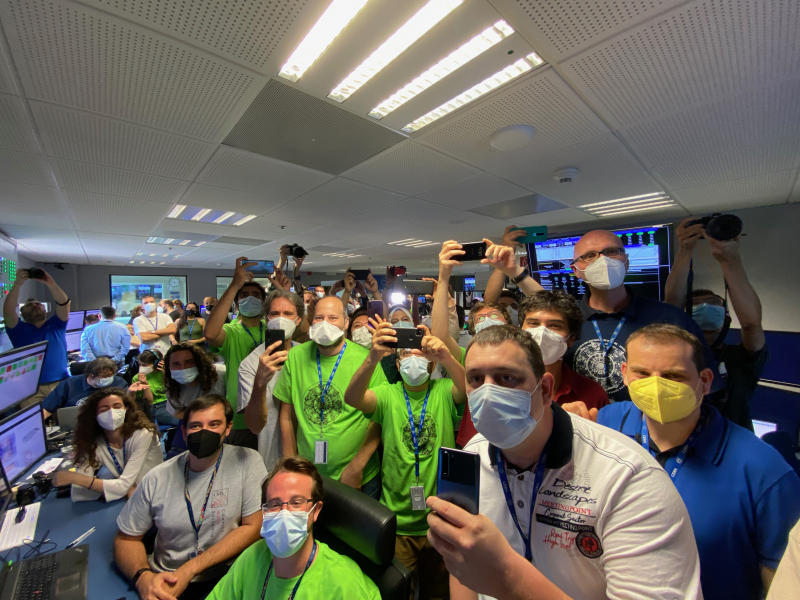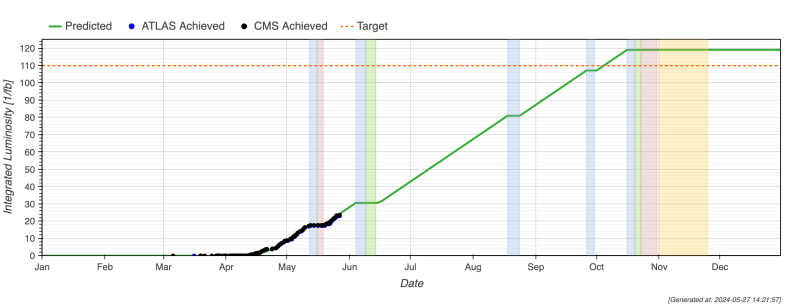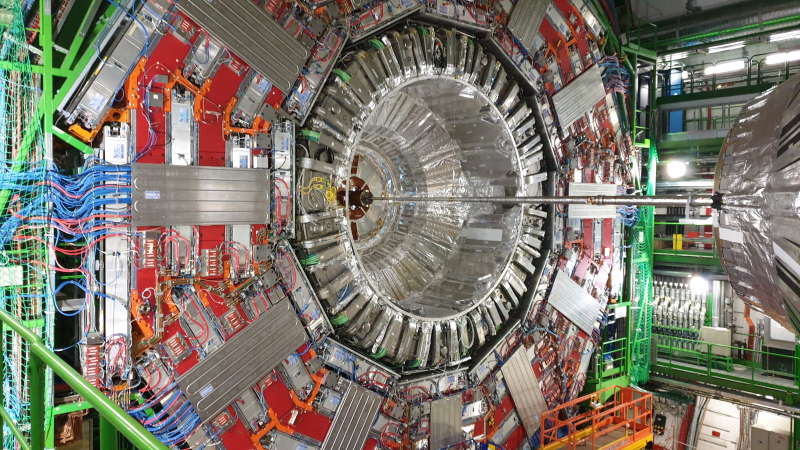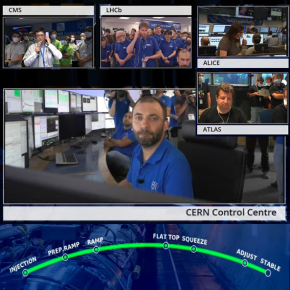LHC Run3: mid-term review and outlook
On 8 March, the third year of the third operating phase (Run 3) of the LHC began. Since the first injections, after a phase of essential adjustments to the machine and detectors, the experiments have recorded a large number of high-energy collisions. In just a few weeks, the integrated luminosity measured at the end of May has already reached almost 24 fb-1, with a target of 110 fb-1 by the end of the year. Here's a look back at the first two years of collisions and the challenges of the next two years, which will be crucial if the LHC experiments are to achieve the performance levels they are aiming for.
Mixed results from the first two years
The third phase of the LHC's operation began in July 2022, after 3 years of programmed shutdown, during which a large number of experiments at the heart of the four main experiments were carried out. On the accelerator side, the major change at the start of Run 3 was the increase in the energy of the LHC's collisions, from 13 to 13.6 TeV, opening up new prospects for discoveries. Although 2022 has been shortened in order to contribute to the effort to reduce energy consumption, it was nonetheless an excellent year for restarting the LHC after more than 3 years without beam, with almost 40 fb-1 of integrated luminosity delivered to the heart of the Atlas and CMS experiments.

In 2023, the LHC restarted very well after the winter shutdown. However, this second year of operation was marred by several incidents that affected the overall performance of the machine. The most serious of these was the resistive transition of a triplet magnet, caused by an electrical disturbance due to a falling tree on a Swiss power line. The resumption of high-intensity collisions after the summer was thwarted by the damage sustained, blocking the counter for that year at around 30 fb-1 for the CMS and Atlas experiments, out of the 75 planned. However, the heavy ion collisions programme was successfully completed. With more than 2 nb-1 of this type of collision recorded, the Alice experiment, after a major overhaul for this Run 3 (electronics, readout systems and new detectors, etc.), has had its fill of new data.
The resumption of Run 3 in 2024 promises excellent performances
2024 is going to be a crucial year for Run 3. Operation of the machine has been extended by four weeks this year, with proton collisions ending on 17 October, followed by the heavy ion programme, which will run until 25 November. After consolidating during the winter shutdown, the LHC has set itself an ambitious target of 110 fb-1 for this year. The first few weeks of operation have shown excellent performance, with, for example, record production of 1.23 fb-1 in just 24 hours, and also typical stacking rates of 62 to 65 per beam crossing for the two generalist experiments. With 24 fb-1 recorded at the end of May, the LHC is right on track with its luminosity predictions to date. This year will also be a crucial one for the LHCb experiment, which is in its operational phase following a complete overhaul of its detectors.

The year 2025 should continue in the same vein, offering a final quantity of data to be exploited for this third phase that should approach 280 fb-1, to be added to the 160 fb-1 of Run 2, and exceed 5 nb-1 for heavy ion collisions. This will be followed by another long stop for the machine to enter a new era, that of the LHC's high-luminosity phase (HL-LHC).
Exploiting this data with unprecedented statistics promises an abundance of scientific output, which is still very strong. The IN2P3 teams from the APC, CC-IN2P3, CPPM, IJCLab, IP2I, IPHC, L2IT, LAPP, LLR, LPCA, LPNHE, LPSC, Omega and Subatech laboratories are heavily involved in the LHC and HL-LHC experiments, operating, maintaining and improving the detectors and the techniques for triggering, reconstructing and storing the data, while exploiting the LHC's rich physics programme.

